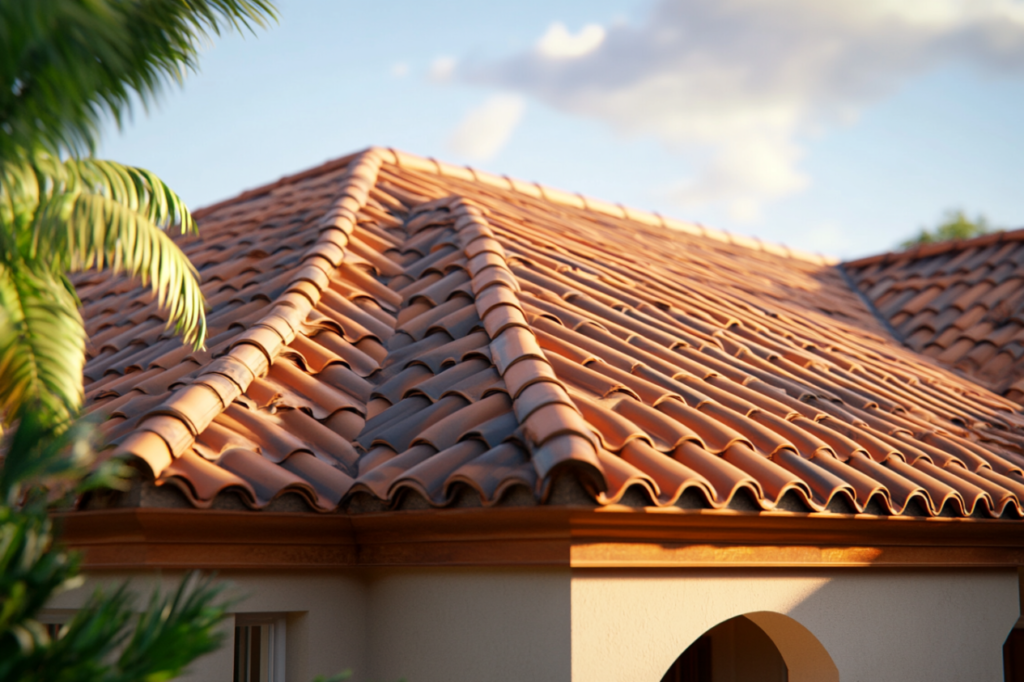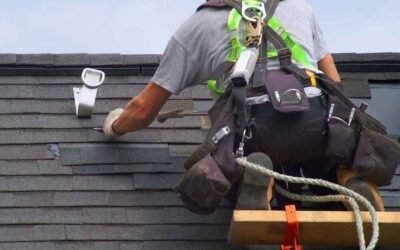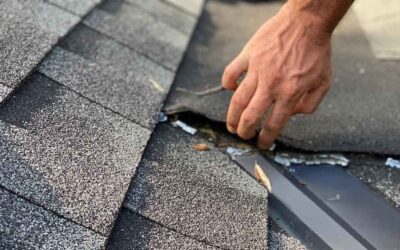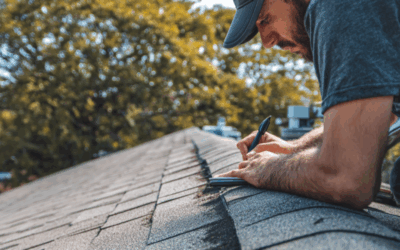Exploring the Benefits of Synthetic Tile Roofing
Choosing the right roofing material can have a lasting impact on the value of your home. Homeowners often consider factors like cost, appearance, durability, and resale value. While traditional materials like clay or slate tiles are popular for their appearance and strength, they come with steep costs and installation challenges. Synthetic tile roofing offers an innovative solution—blending the look of traditional tiles with modern material advantages.
But will synthetic tile roofing add value to your home? Let’s explore the facts behind this growing trend and find out why more homeowners are choosing synthetic roofing materials for long-term investment.
What Is Synthetic Tile Roofing?
Synthetic tile roofing is made from advanced polymers, rubber, or recycled plastic materials engineered to replicate the appearance of natural tile, such as clay, slate, or concrete. These tiles are designed to be lightweight, durable, and resistant to harsh weather conditions.
They provide the elegance of traditional tile without the excessive weight, fragility, or high installation costs. This combination of beauty and practicality makes synthetic tiles an attractive option for homeowners looking to boost their property value.

How Synthetic Tile Roofing Adds Value
Curb Appeal with Versatility
One of the key selling points of synthetic tile is its visual appeal. These materials are crafted to mimic the rich textures and tones of clay or slate, instantly enhancing the exterior of your home. Whether your property features Mediterranean-style architecture or a more modern design, synthetic tile can be customized to complement the structure.
Homebuyers often judge a property within seconds of seeing it, and an attractive roof can significantly influence their perception. High-end appearance combined with modern durability adds undeniable value in the eyes of potential buyers.
Durability and Longevity
Unlike natural materials, synthetic roofing tiles resist cracking, warping, and fading. Many products come with warranties ranging from 30 to 50 years, and some are even rated for Class 4 impact resistance—the highest rating for hail resistance.
According to the Federal Emergency Management Agency (FEMA), materials with high wind and impact resistance help protect homes in storm-prone areas. That kind of resilience isn’t just about protection—it’s about long-term savings.
A roof that holds up better over time will require fewer repairs and replacements, which is a significant selling point for prospective buyers.
Lower Maintenance, Higher ROI
Synthetic tiles are engineered to be low-maintenance. They are resistant to mold, mildew, insects, and UV exposure, meaning they keep their appearance and integrity longer than many traditional roofing materials.
This low-maintenance aspect contributes to a higher return on investment (ROI). Homebuyers will often pay more for a house with a newer, longer-lasting, and less burdensome roof—particularly one that doesn’t require the frequent upkeep of wood, asphalt, or even real clay tile.
According to a report from Remodeling Magazine, roofing upgrades can recoup over 60% of their cost on average, with premium materials often offering even more value depending on the market.
Energy Efficiency and Insulation Benefits
Some synthetic roofing tiles are designed with built-in insulation or reflective coatings that help regulate your home’s internal temperature. This added efficiency can result in lower utility bills throughout the year—especially in hot climates like Texas.
The U.S. Department of Energy notes that reflective roofing materials can reduce cooling demand by 10–15%, helping homeowners save on energy costs. Not only is that savings in your pocket, but it’s also an attractive feature to eco-conscious buyers.
How Synthetic Tile Compares to Other Roofing Options
Synthetic Tile vs. Clay Tile
- Weight: Clay tile is extremely heavy and may require roof reinforcement. Synthetic tile is lightweight and easier to install.
- Cost: Clay tile can be very expensive. Synthetic offers a similar appearance for a lower price.
- Durability: Synthetic tile resists breakage better and requires less maintenance.
Synthetic Tile vs. Asphalt Shingles
- Longevity: Synthetic tiles often last twice as long as standard asphalt shingles.
- Appearance: Synthetic provides a high-end aesthetic that asphalt can’t match.
- Cost: While asphalt is cheaper upfront, synthetic tile offers greater long-term value.
Synthetic Tile vs. Metal Roofing
- Design Flexibility: Synthetic tiles come in styles mimicking natural slate or clay. Metal roofs tend to have a more industrial appearance.
- Noise Reduction: Synthetic tiles offer better sound insulation in rain or hail conditions.
- Durability: Both are highly durable, but synthetic tile may have the edge in aesthetic customization.

Environmental Impact of Synthetic Roofing
Many synthetic tile roofing products are made using recycled materials, reducing landfill waste. At the end of their lifespan, some tiles are recyclable again.
Additionally, due to their lightweight construction, synthetic tiles reduce transportation emissions and require less structural support, which can cut down on construction material usage during installation.
Eco-conscious homeowners and buyers are increasingly considering the environmental impact of their building materials. By installing a synthetic roof, you not only increase your home’s appeal but also contribute to sustainable living practices.
Common Misconceptions About Synthetic Roofing
Myth: It’s Just Fancy Plastic
Reality: While synthetic tiles are made with polymers, they’re far more advanced than “plastic.” They are UV-stable, impact-resistant, fire-rated, and designed to last decades.
Myth: It Doesn’t Look Like Real Tile
Reality: Thanks to modern manufacturing techniques, synthetic tiles now closely replicate natural materials—often to the point where it’s difficult to tell the difference from the ground.
Myth: It’s Too New to Trust
Reality: Many synthetic roofing products have been in use for over 20 years, with track records that rival traditional roofing systems in performance and longevity.
Should You Invest in Synthetic Tile Roofing?
If you want a roofing system that improves resale value, lowers energy bills, and offers a high-end appearance without the hassle, synthetic tile is an excellent option. It checks all the boxes for performance, style, and long-term savings.
This type of roof is particularly beneficial for:
- Homeowners in storm-prone areas needing impact resistance
- Buyers focused on energy efficiency and eco-friendly features
- Anyone upgrading a home for resale who wants maximum return
Whether you’re building a new home or replacing an aging roof, synthetic tile roofing can deliver both beauty and value—making it a sound investment that pays off for years.
Ready to Upgrade? Let Schmitt Roofing & Construction Help
At Schmitt Roofing & Construction, we specialize in long-lasting, attractive roofing solutions that deliver real value. Our team is experienced in synthetic tile installation and can help you choose the perfect option for your property.
Want to know how much value a new synthetic tile roof could add to your home? Get a free inspection now and let us walk you through the options with zero pressure and expert guidance.



